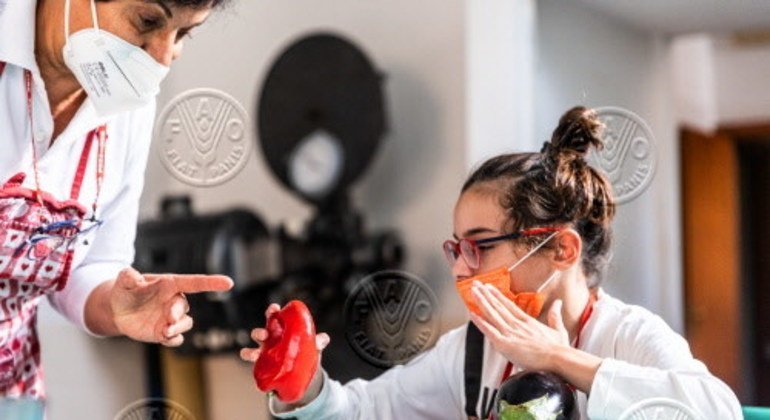The agency’s executive director, Henrietta Fore, said the new research confirms what she already knew: Children with disabilities face numerous, often compounding challenges just to realize their rights.
“From access to education to reading at home, children with disabilities are less likely to be considered or heard in almost every provision. Too often, children with disabilities are simply left behind,” Fore said.
Key results
Access to education is one of several key areas explored in the report.
Children with disabilities are 24% less likely to receive early stimulation and appropriate care, 42% less likely to acquire basic literacy and numeracy skills, and 49% more likely to be out of school.
In terms of health, they are 25% more likely to suffer from wasting, 34% more likely to be stunted, and 53% more likely to suffer from acute respiratory infections.
These children are also 51% more likely to experience daily unhappiness, 41% more likely to experience discrimination, and 32% more likely to experience severe corporal punishment than children without disabilities.
However, the report found that experiences of disability vary widely.
There are different risks and outcomes depending on the type of disability, where the child lives, and the services available to the child.
education
Children who have difficulties communicating or looking after themselves are the most likely to be out of school, regardless of their education level, the analysis found.
Children with multiple disabilities have a high rate of out-of-school attendance, and the disparities become even more pronounced when the severity of their disabilities is taken into account.
“Inclusive education is not a luxury,” said Maria Alexandrova, 20, a UNICEF youth advocate for inclusive education from Bulgaria.
As a woman with a disability, she says her experience shows that for too long, “children with disabilities have been excluded from society in a way that no child should ever be.”
“Children, especially the most vulnerable children, should not have to fight alone for their fundamental human rights. Cooperation between governments, stakeholders and NGOs is needed to ensure equal and inclusive access to education for children with disabilities,” said Alexandrova.
A new call
Through this new publication, UNICEF calls on governments to provide equal opportunities for children with disabilities.
Member States should consult with people with disabilities and take into account all disabilities, as well as the specific needs of children and their families, when providing comprehensive services and equitable quality education.
The UNICEF Executive Director highlighted the importance of the new report, saying “exclusion is often the result of invisibility”.
“For a long time, we have not had reliable data on the number of children with disabilities. If we are not counting, considering and consulting these children, we are not helping them realise their enormous potential,” Fore said.
Key Indicators
The report includes data from 42 countries and covers more than 60 indicators, from nutrition and health to access to water and sanitation, protection from violence and exploitation, and education.
These indicators are disaggregated by type and severity of functional difficulties, child’s sex, economic status, and country.
New global estimates of the number of children with disabilities are higher than previous estimates.
UNICEF said the figures were based on a more meaningful and comprehensive understanding of disability, taking into account symptoms of anxiety and depression as well as difficulties across multiple domains.

